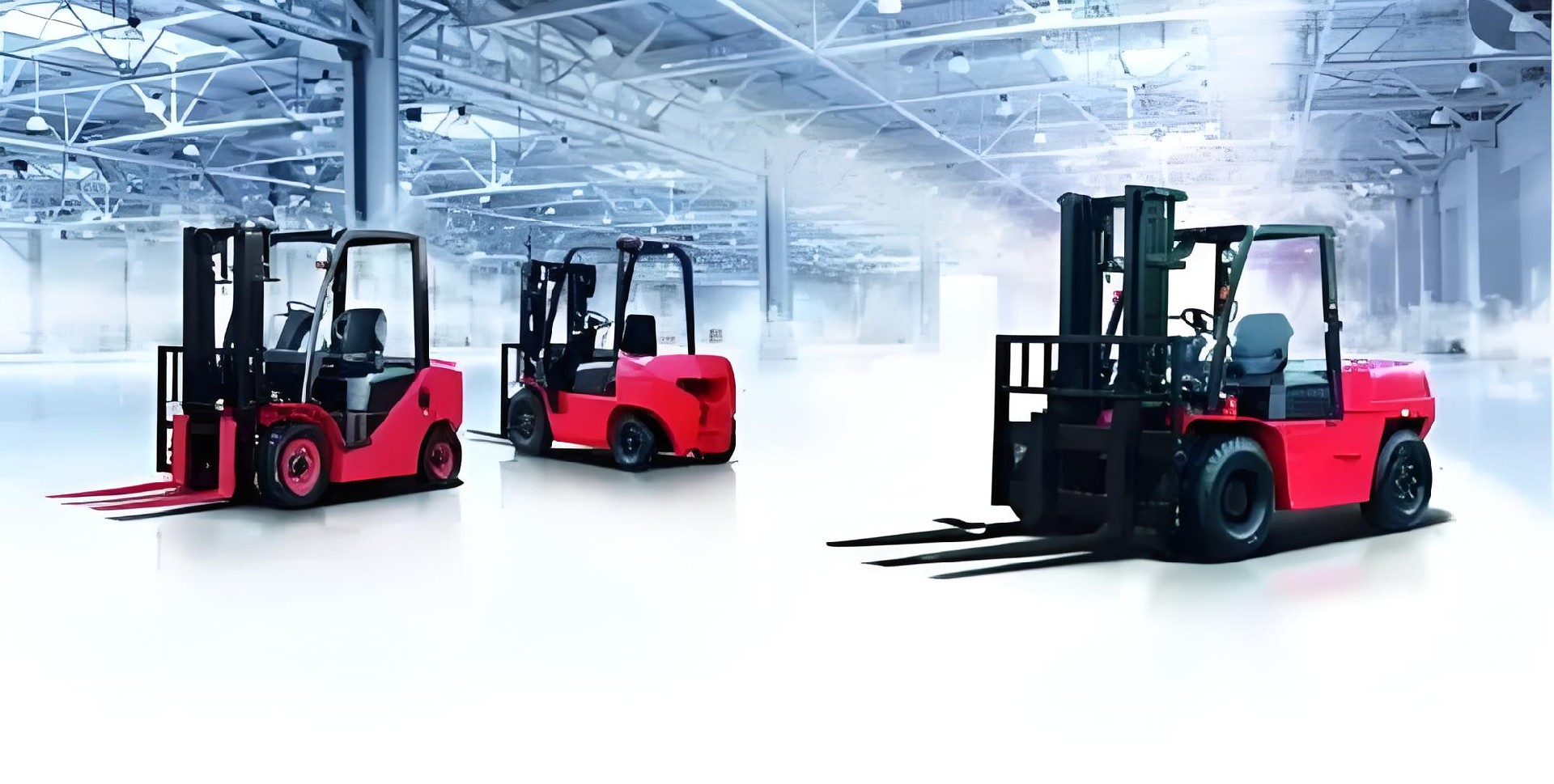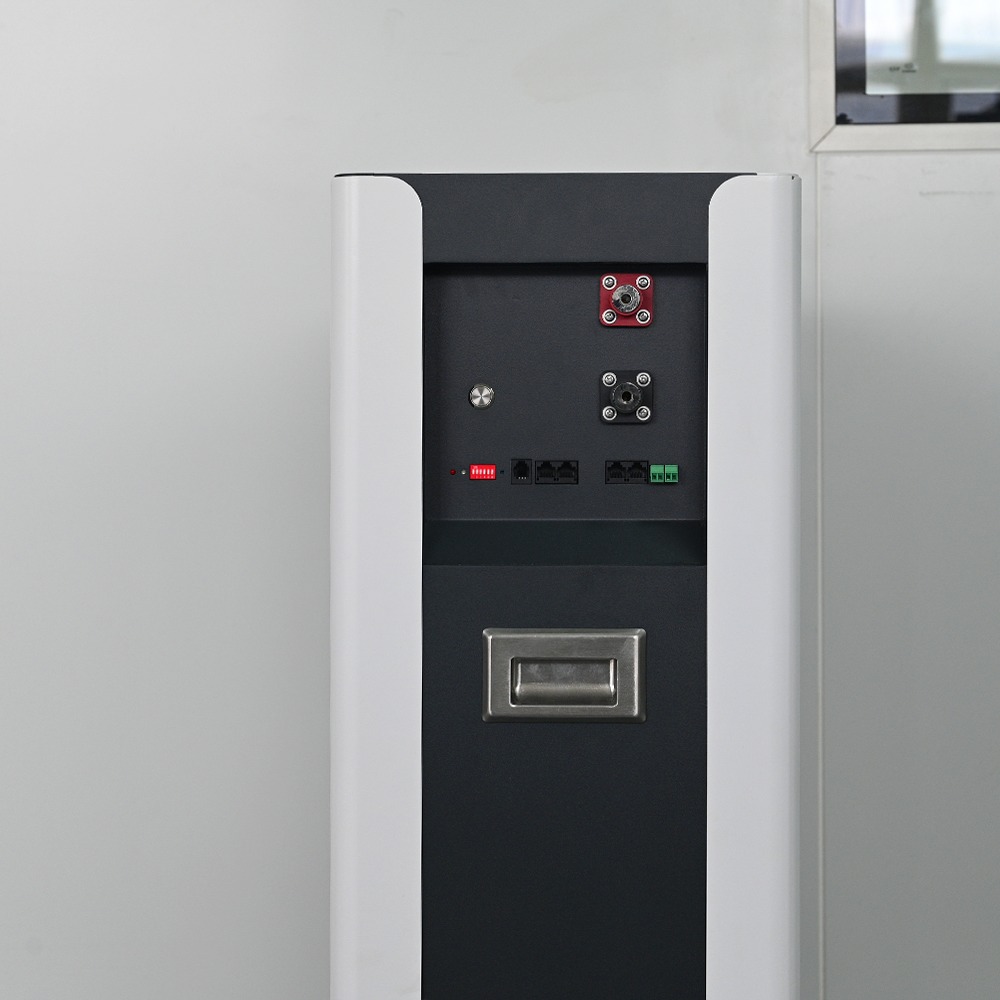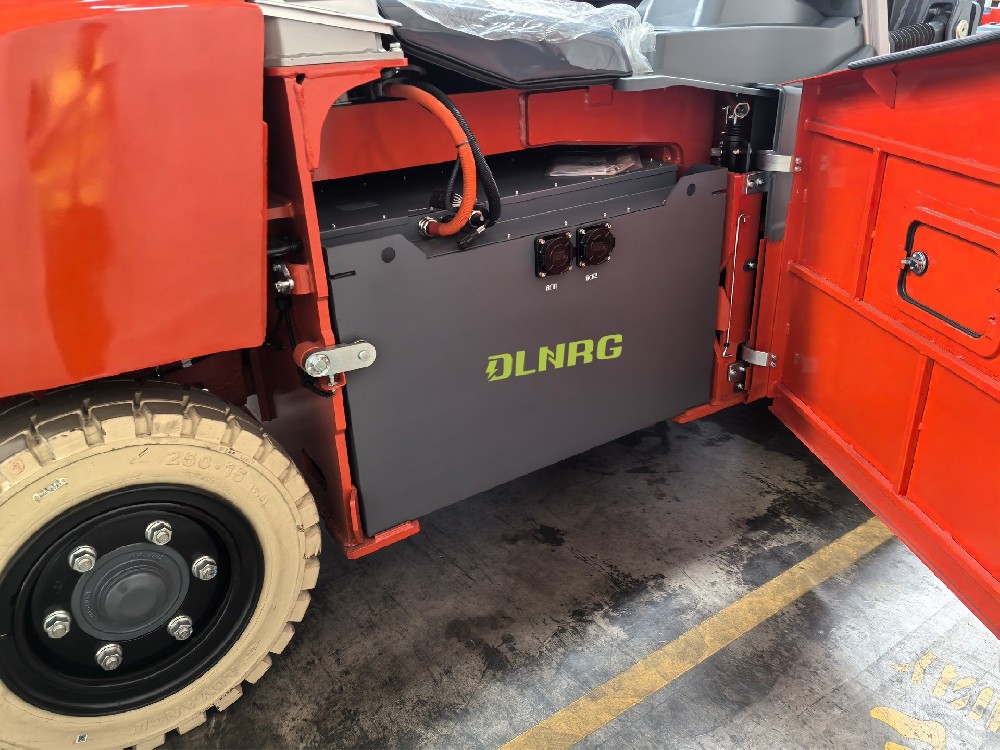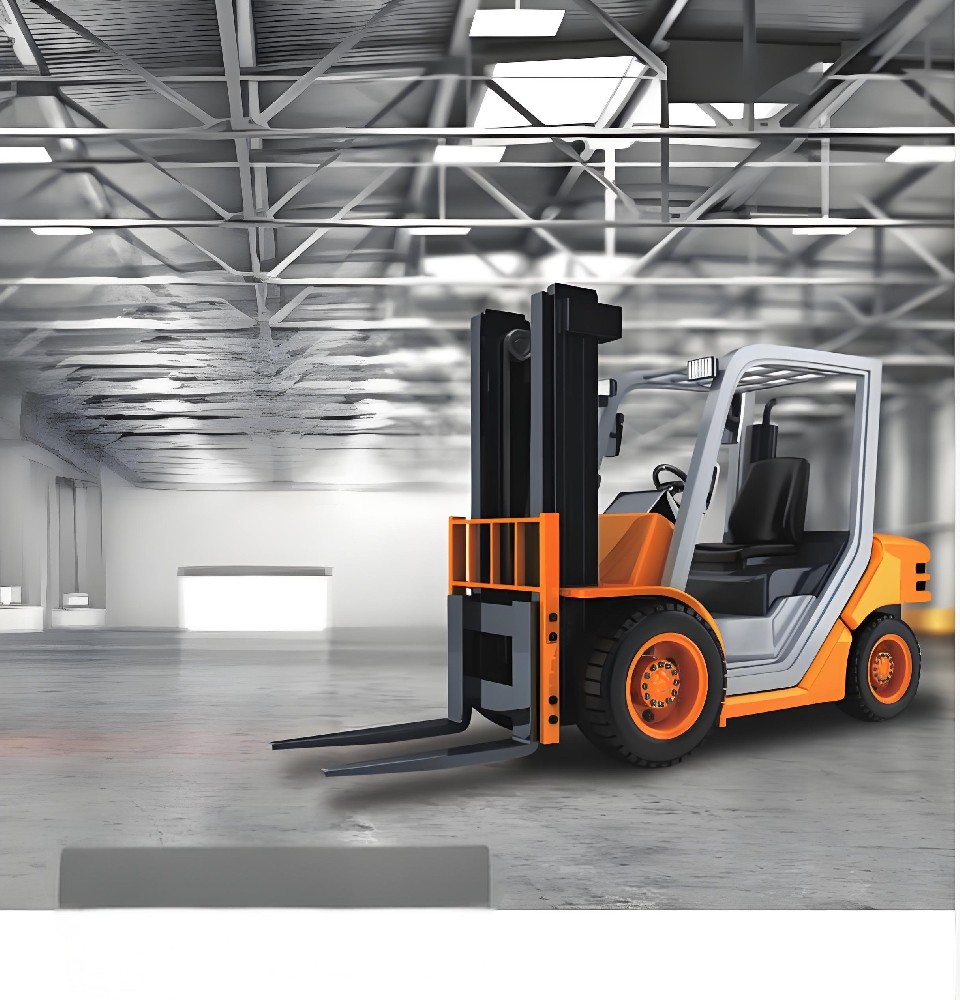Forklift industry: Electrification revolution and global competitive landscape

Forklift trucks belong to a class of construction machinery, including fuel driven and battery driven, often used for storage of large objects transportation. According to the classification standard, industrial vehicles are mainly divided into five categories, of which motor industrial vehicles are forklifts, and electric and internal combustion forklifts. Electric forklifts generally use lead-acid batteries or lithium batteries, and the load capacity is 1.0-16.0 tons; The internal combustion forklift uses diesel and other fuels, and the load capacity is 1.2-45 tons. At present, the development of new energy technology makes electric forklifts have advantages at the cost end, but the proportion of internal combustion forklifts can not be ignored. Forklift is widely used in the downstream, mainly in the manufacturing and logistics industries. It can be loaded and unloaded in many fields, handling, transmission, downstream distribution in many fields such as machinery manufacturing. 2020 data show that warehousing logistics and manufacturing accounted for 20.5%, 44.6%, and forklift sales and manufacturing output value and total social logistics correlation coefficient as high as 98%, 93%, the future development of manufacturing and logistics industry is expected to promote the expansion of demand for forklifts. The forklift industry is relatively cyclical, usually 3-4 years, with high growth attributes. From 2010 to 2023, the sales volume of forklift trucks at home and abroad has increased overall, and the growth rate has cyclical fluctuations. At present is in the rising cycle, the manufacturing industry is picking up to promote demand growth, it is expected that the future breakthrough in new energy technology will promote structural changes in sales, and the innovation and development of downstream industries will also enhance the industry prosperity. The electric forklift has a cost advantage over the internal combustion type, and the annual use and maintenance cost can be saved by about 33,000 yuan. At present, China's electric forklift is mainly powered by lead-acid batteries or lithium batteries, and the life cycle cost of lithium batteries has the advantage of replacing lead-acid batteries, and its performance is better than lead-acid batteries. Electric forklift market share is increasing, 2013-2022, the global electric forklift sales compound annual growth rate of 11.40%, higher than the overall level of the industry, combustion forklift growth rate is much lower than electric forklift. In 2022, the global electric forklift market share is 70.52%, and the differences between regions are obvious, and the future development space of electric forklifts in developing regions is broad. From 2016 to 2023, domestic sales of forklifts in China increased, and electric forklifts accounted for 64.42% in 2023, and electrification has developed into the mainstream. The proportion of Class III vehicles in domestic forklifts has increased year by year, and its low price and strong performance have driven the sales growth of electric storage forklifts. In 2019, the sales volume of lithium battery forklifts in China was only 44,264 units, which increased to 210,600 units in 2023, accounting for an increase in proportion. The domestic forklift industry pattern is "two super and many strong", represented by Hangzhou fork and Heli, and the scale is significant. The global forklift market is growing steadily, with Asia accounting for the highest share of the market. The global trend of forklift electrification is significant, and the global electrification rate exceeds 70% in the first half of 2023, with large differences between regions. The pace of lithium electrochemical rate is different in various regions, with Europe leading, America lagging behind, and Asia growing fast. China's forklift exports continue to grow, export structure optimization, Europe, Europe and the United States as the main export market, electric forklift exports in Europe accounted for a relatively high. The global forklift industry is highly competitive, and enterprises in developed countries account for the main market share. China's forklift leading enterprises to lead the development of the industry, such as Anhui Heli, Hangzhou Fork Group, etc., each has its own advantages, overseas business growth. Overseas OEM to create exclusive brand advantages and regional characteristics, domestic forklift leading enterprises have competitive advantages, such as Hangzhou Fork Group, Anhui heli cost rate control is better.




